Finding the periodic table
Take a journey through the history of the periodic table, which began long before Mendeleev published his definitive version in 1869.
By David Allen
This year we celebrate the 150th anniversary of Mendeleev’s achievement in formulating the structure of the periodic table that we use today. He announced his structure in 1869, but the challenge of creating a system to organise the elements began in earnest some 80 years earlier.
The first recorded attempt at creating a system to organise the elements was when Antoine Lavoisier published his table of elements in 1789. In 'Traite Elementaire de Chimie', Lavoisier listed 33 substances he considered elements, including light and caloric (heat).
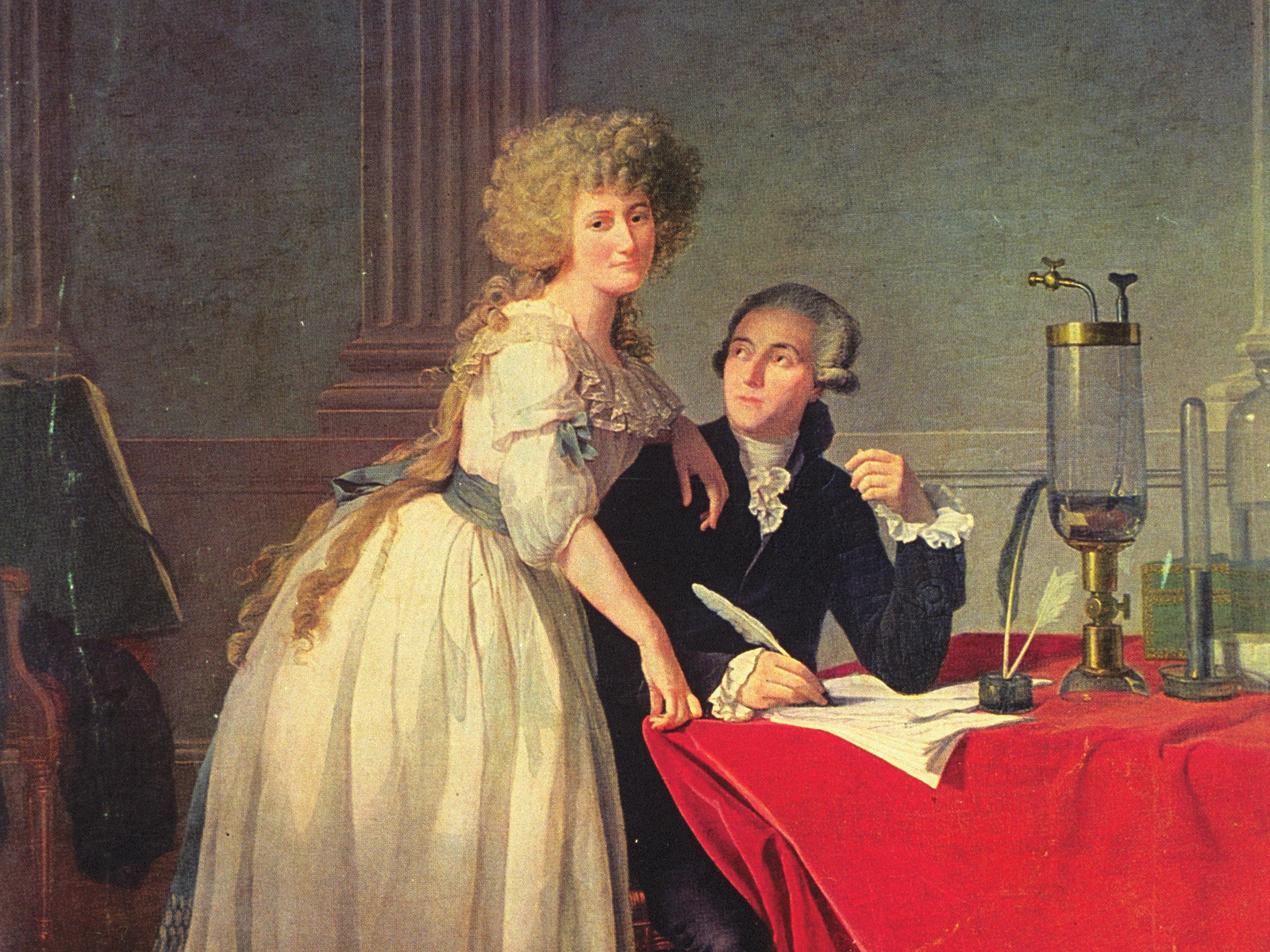
1789: Antoine Lavoisier publishes his 'Traite Elementaire de Chimie' Picture: © Royal Society of Chemistry

The 'Traite Elementaire de Chimie' listed 33 substances Picture: © Royal Society of Chemistry
The next significant step came in 1829 when Johann Wolfgang Dobereiner identified a relationship between the properties of elements and their atomic weights. He grouped elements into threes, where the atomic weight of the middle element was nearly the same as the average of the atomic weights of the other two elements – he called his theory 'The Law of Triads'.
In 1843, Leopold Gmelin worked with the Dobereiner’s system and developed a table of 55 elements that contained many of the similar relationships later found in the modern periodic table.
Then in 1857, Jean-Baptiste Dumas published the results of his work in 'Comptes Rendus' describing relationships between groups of metals. Even though chemists had identified relationships between small groups of elements, the one scheme to bring them all together still proved elusive.
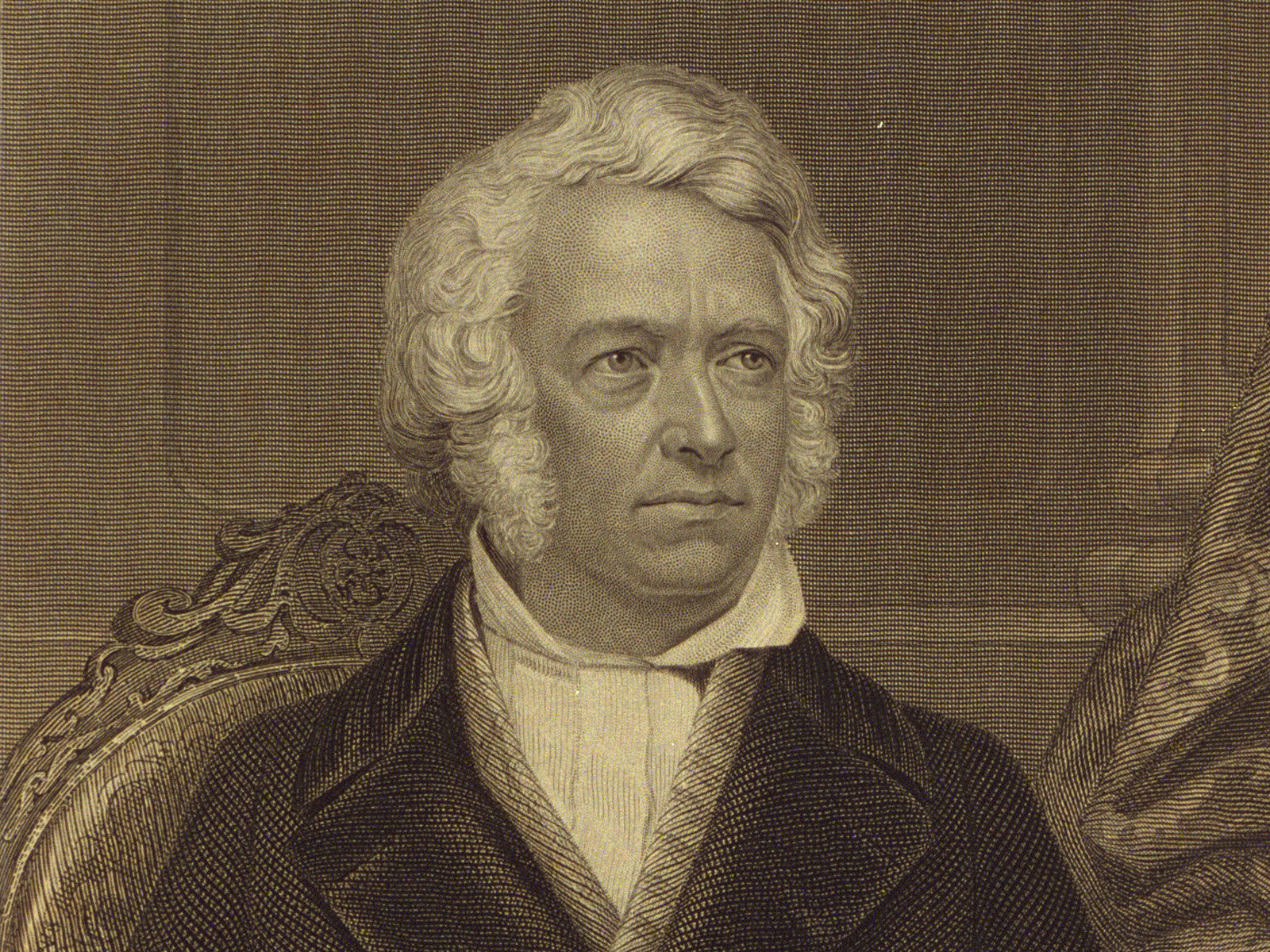
1843: Leopold Gmelin develops a table of 55 elements Picture: © Royal Society of Chemistry
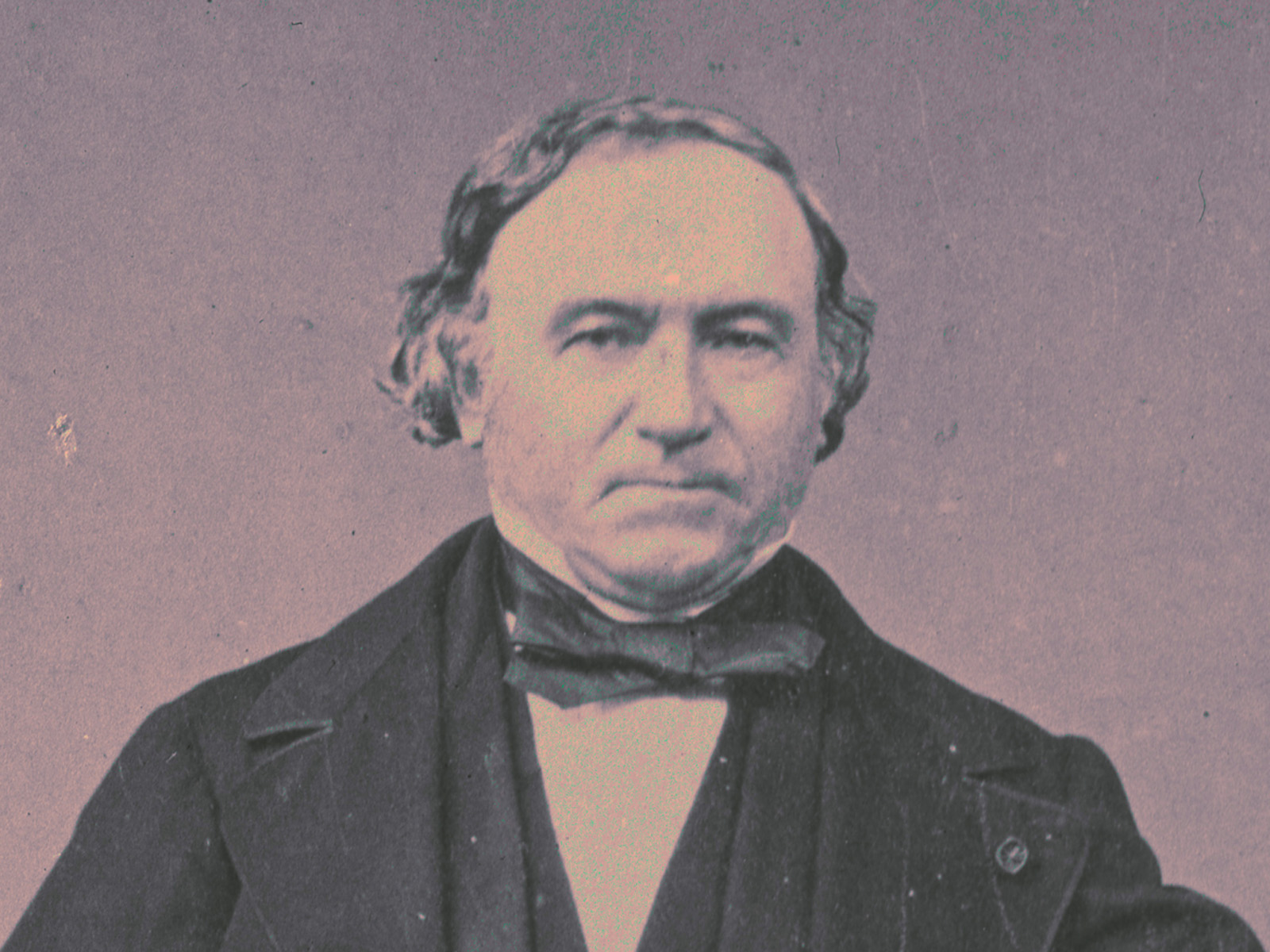
1857: Jean-Baptiste Dumas describes relationships between groups of metals Picture: © Royal Society of Chemistry
The following year, Stanislao Cannizzaro used a hypothesis from Amedeo Avogadro to create a standard set of atomic weights. He expounded this idea at the Karlsruhe Congress in Germany in 1860 – the first ever international chemistry conference. Among the many pioneering chemists in attendance was one Dmitri Ivanovich Mendeleev.
In 1862, French geologist Alexandre-Emile Beguyer de Chancourtois developed the 'telluric screw' – a three-dimensional arrangement of the elements plotted around a cylinder.
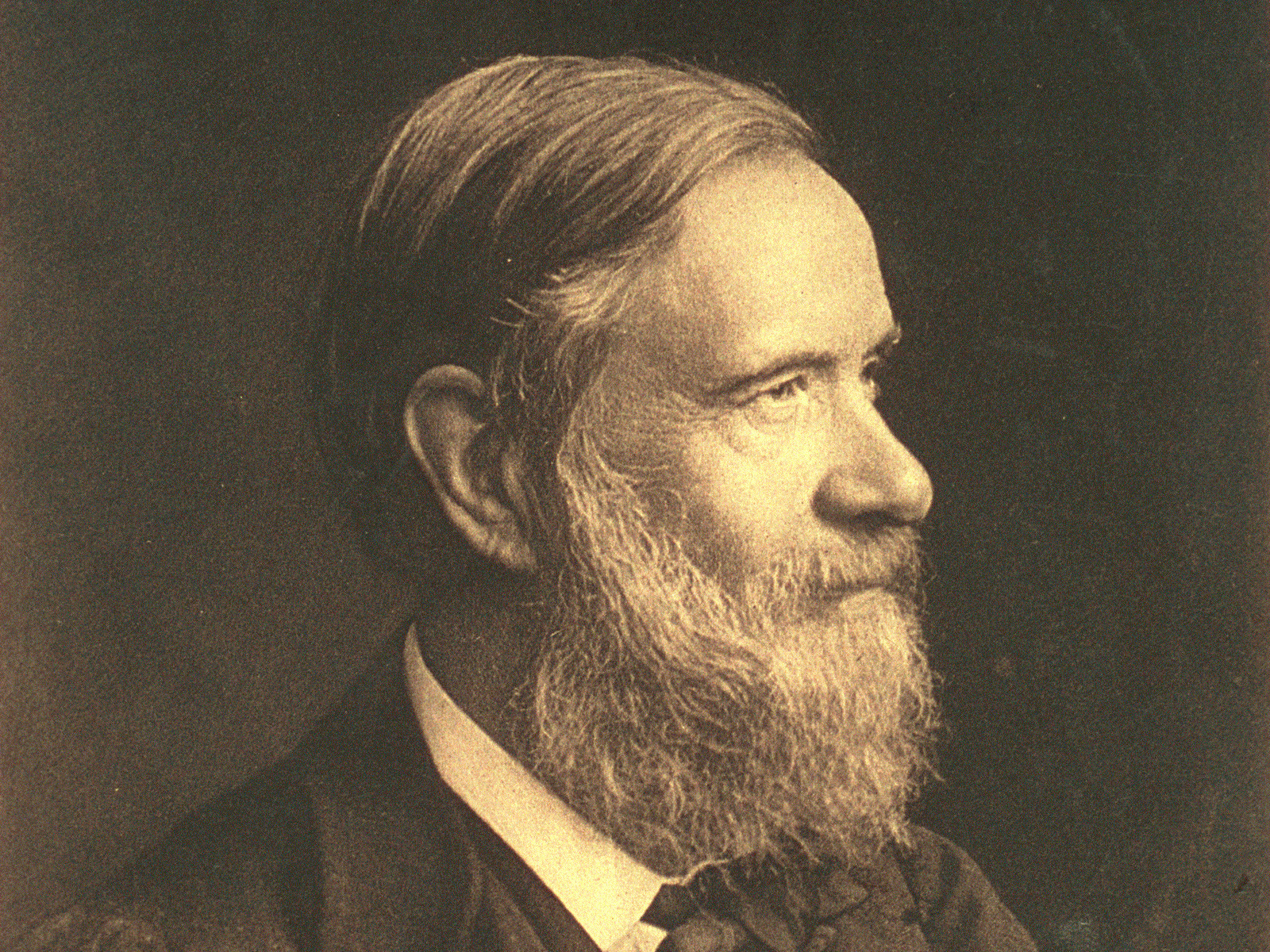
1858: Stanislao Cannizzaro creates a standard set of atomic weights Picture: © Royal Society of Chemistry

1862: Alexandre-Emile Beguyer de Chancourtois develops the 'telluric screw' Picture: © Getty Images
Two years later, Julius Lothar Meyer and William Odling independently published their own versions of a periodic table. Meyer’s table was comprised of 44 elements arranged by valency; Odling’s version arranged 57 elements by their atomic weight. Odling’s table was remarkably similar to the one that Mendeleev had devised as a first attempt and actually, Odling had been able to overcome some issues that Mendeleev had not.
Between 1863 and 1866, British chemist John Newlands wrote a series of papers that went on to explain his 'Law of Octaves' having noticed similarities between elements with atomic weights that differed by seven. When Newlands gave a lecture to the Chemical Society on 1 March 1866 to announce his discovery, he was somewhat derided when he compared the repetition of elements at intervals of eight with a musical octave. In addition, flaws in his theory led to him having to make changes to the order of some elements himself as some were occupying the same spaces. Due to the seemingly arbitrary nature of his theory and because the Society had a rule of not publishing purely theoretical papers, they declined to publish his work.

1864: William Odling arranges 57 elements by atomic weight, in a version remarkably similar to Mendeleev's attempt Picture: © Royal Society of Chemistry
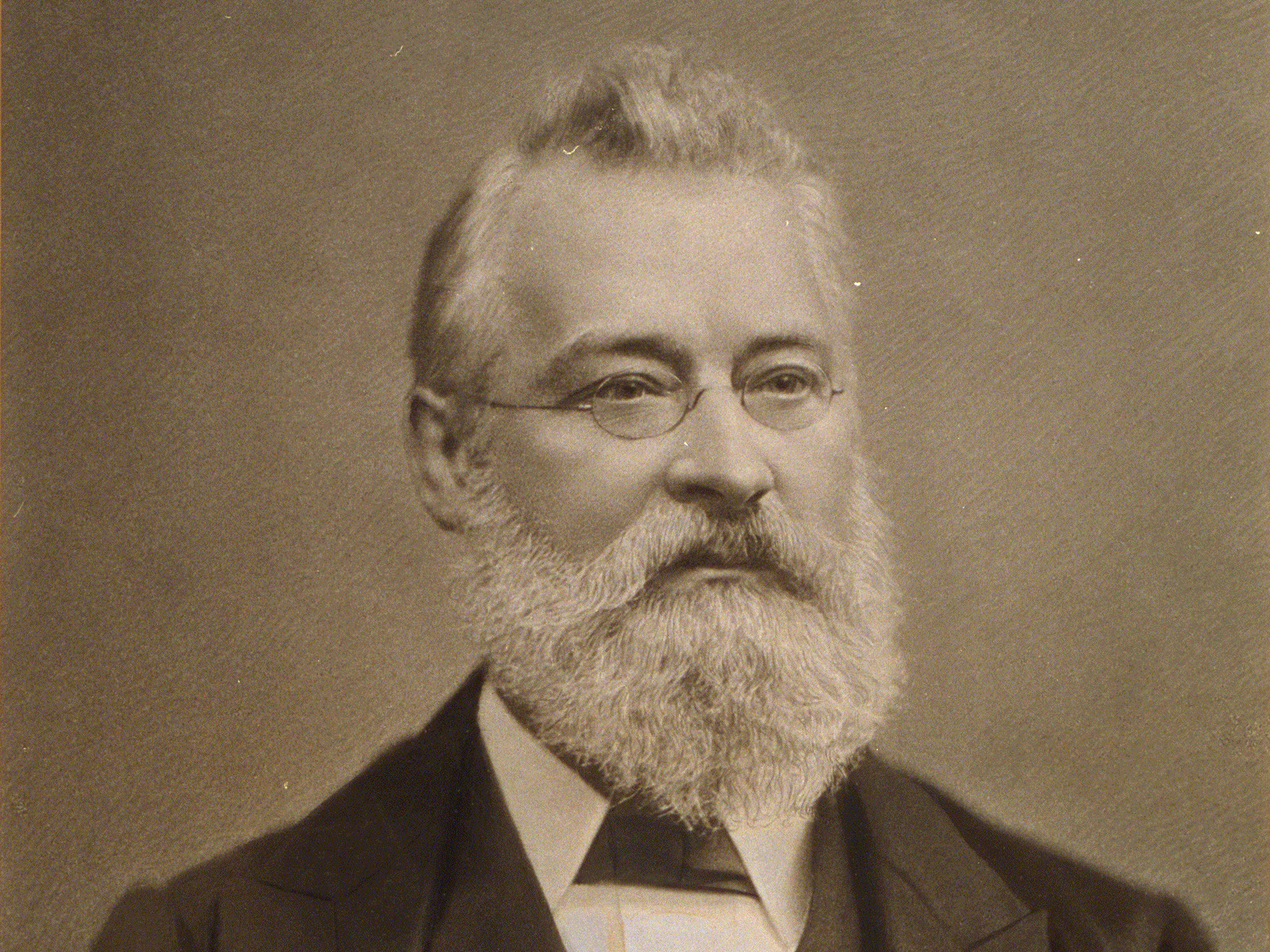
1863–1866: John Newlands writes a series of papers explaining his 'Law of Octaves' Picture: © Royal Society of Chemistry
The records show that Mendeleev discovered the periodic system on 17 February 1869. In fact, he was ill at the time so his colleague Nikolai Menschutkin made the announcement on his behalf – on 6 March at a meeting of the Russian Chemical Society.
Mendeleev’s table listed elements in rows or columns in order of atomic weight, starting a new row or column when the characteristics of the elements began to repeat. What made his version successful was the fact that he left gaps where there appeared to be an element missing that had not yet been discovered. He also thought to occasionally ignore the order suggested by the atomic weights and to switch adjacent elements where they could be better classified into chemical families. Atomic numbers were not yet known, but the atomic weights worked well enough for ordering most of the elements, and Mendeleev was able to accurately predict the properties of missing elements.
John Newlands took issue with the credit that Mendeleev was given for the periodic table in his book ‘On the Discovery of the Periodic Law’ in 1884, going so far as to quote Mendeleev as supporting him: "It is possible that Newlands has prior to me enunciated something similar to the periodic law...".
Mendeleev countered this somewhat in his book The Principles of Chemistry in 1891:
"I consider it well to observe that no law of nature, however general, has been established at once; its establishment is always preceded by many presentiments, but the acknowledgment of a law does not take place when it is recognised in all its significance, but only when it has been confirmed by experiment, which the scientific man must look to as the only proof of the correctness of his conjectures and opinions. I therefore, for my part, consider Roscoe, De Boisbaudran, Nillson, Winkler, Brauner, Carnelley, Thorpe, and others who verified the adaptability of the periodic law to chemical reality, as the true founders of the periodic law, the further development of which still awaits fresh workers."
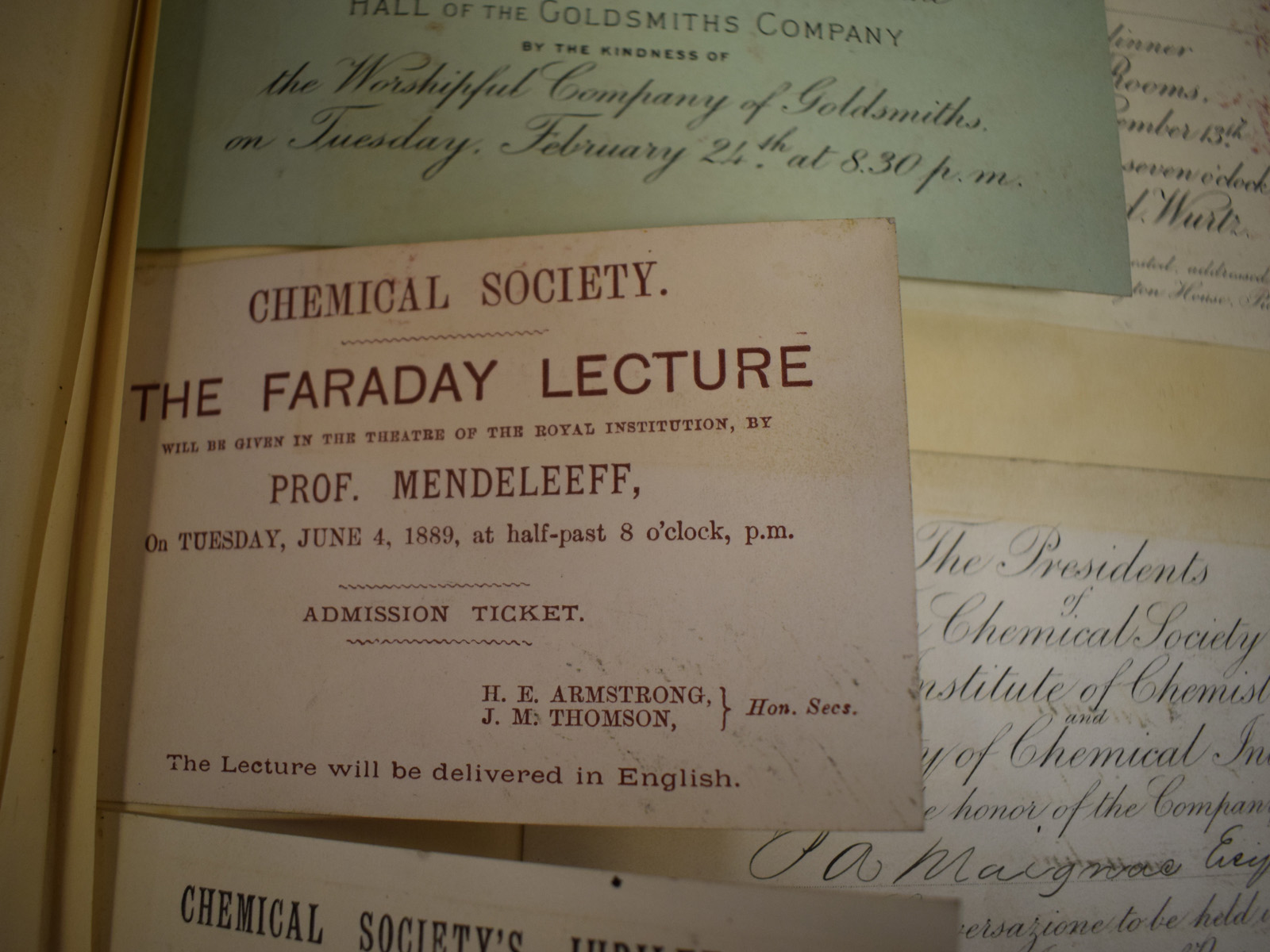
Entry ticket to the lecture at which Mendeleev was to announce his periodic table Picture: © Royal Society of Chemistry
After the table was announced, this wasn’t the end of its development. On the back of the reputation he had gained from his discovery, Mendeleev was invited to speak at many events. In 1887, he went to Manchester to speak at the British Association annual meeting. While there, he met up with some notable contemporaries, some of whom had been notable in the table's development.
Professor Mendeleev was invited by the Chemical Society to give The Faraday Lecture at the Royal Institution on Tuesday 4 June 1889. Mendeleev had only been in a London a few days before having to rush home upon receiving a telegram saying that his son was ill. Professor Henry Armstrong gave the lecture – entitled 'The Periodic Law of the Chemical Elements' in his place.
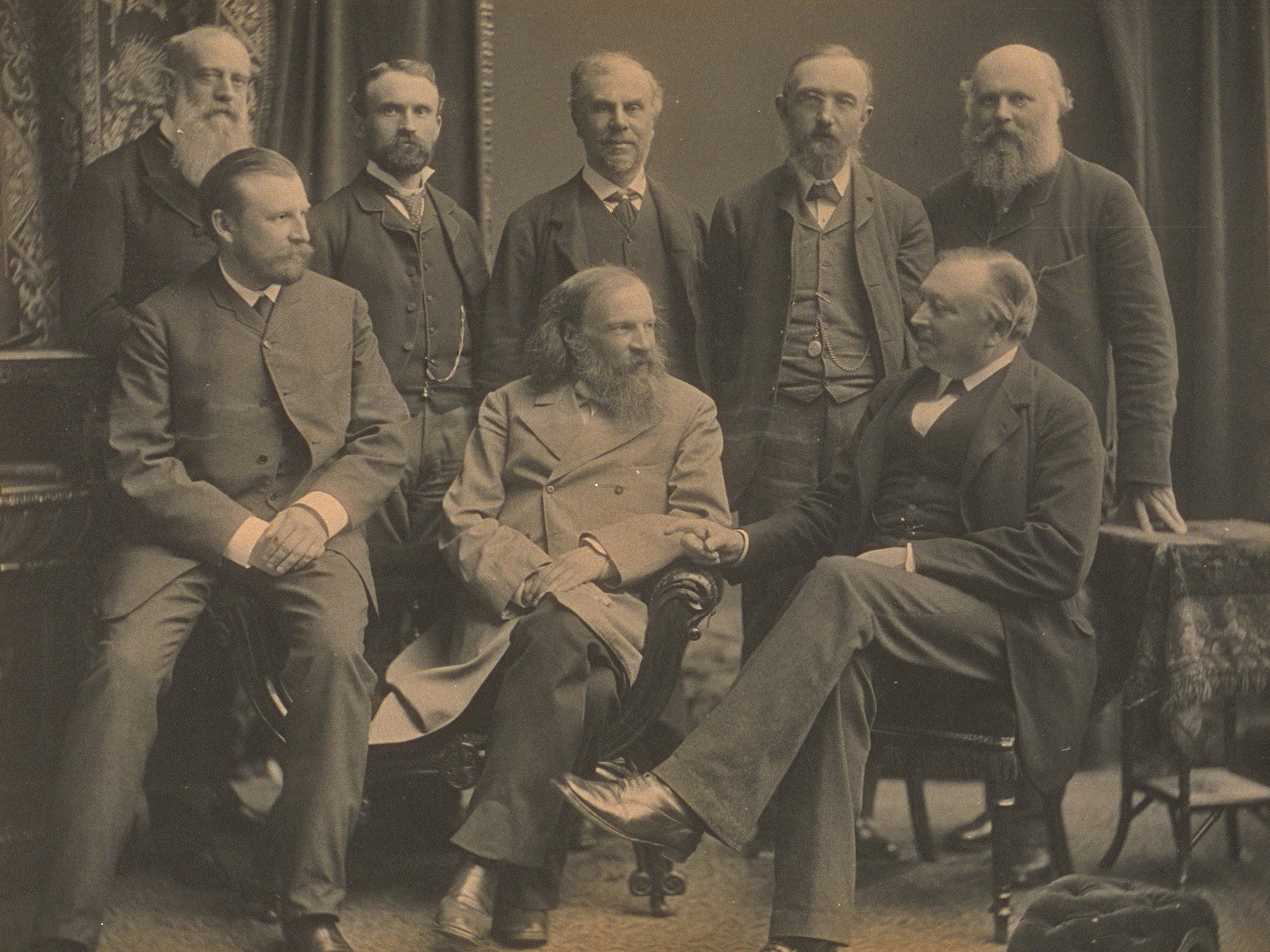
Thomas Carnelley (top, second from left), Dmitri Mendeleev (bottom, centre) and Sir Henry Roscoe (bottom, right) Picture: © Royal Society of Chemistry
Mendeleev’s lecture described in very technical detail, the development of the periodic table and credited many of his forebears and contemporaries for their contributions to its ultimate formulation. Among the people that Mendeleev mentioned in the lecture was Professor Thomas Carnelley.
Read more about Thomas CarnelleyThomas Carnelley was born in Manchester in 1854; as Sir Henry Roscoe later wrote in his obituary, Carnelley was ‘an exceptionally brilliant’ student of chemistry. Aged 18, Carnelley was Roscoe’s private assistant for two years after which he went to study under August Kekulé at the University of Bonn. Having previously taught evening lectures while at Owen’s College, he later returned and became Assistant Lecturer and Demonstrator in Chemistry under Professor Roscoe. In 1879, he became Chair of Chemistry at the new Firth College in Sheffield where he oversaw the fitting up of the chemical laboratory and inaugurating the teaching of chemistry there. He left Sheffield to take up the position of Professor of Chemistry at the University College in Dundee where he superintended the building of a block that would house the laboratories and lecture theatres. After this, he accepted the post as Chair of Chemistry at the University of Aberdeen in 1888.
Carnelley was very active within the Chemical Society, having been elected a Fellow on 19 Feb 1874. He was a Council Member from 1884 to 1888 and wrote over 20 articles for Society publications. Throughout all his other duties, he continued his work in advancing the chemical sciences, notable among which was to extend the application of Mendeleev’s discovery of the periodic law. His interest in Mendeleev’s ideas had begun while studying at Owen’s College, and as Mendeleev wrote in his letter his work made significant progress in:
"The connections between the compositions of mineral salts and the temperature of their melting points has been determined by the numerous and accurate research of Carnelly which have lain bare the internal meaning of this province of empiricism."
In January 1890, Mendeleev wrote a letter to Henry Roscoe stating at length his admiration for Professor Thomas Carnelley’s contributions:
"I think it my duty to inform you that the name of Professor Carnelley is deservedly and widely known in every country which interests itself in investigations of the theoretical side of chemical science and especially with reference to the study of the chemical elements. The labours of Professor Carnelley, connected with the Periodic Law of the elements has been so remarkable that the history of the subject would be incomplete if his name was omitted."
Thomas Carnelley died aged 36 on 27 August 1890 as the result of an internal abscess, just seven months after this letter was written.
The final piece in the puzzle wasn’t found until 1913, when Henry Moseley carried out work into the characteristic X-rays emitted by atoms – he was able to show that their frequencies were proportional to the square of the atomic number. Up until this point the atomic number simply referred to an element’s positioning in the periodic table, and was not known to correspond to a measurable physical quantity. Thanks to Moseley’s work it now became possible to place elements in the periodic table according to their atomic number rather than their atomic weight.
Today the periodic table is the starting point for understanding chemistry. On the wall of every laboratory or school chemistry department you are likely to find hung a copy where chemists and student can easily refer to it. It has entered into popular culture as a recognisable motif, spawning a variety of 'spin-off' versions. Thanks to the tireless efforts of a multitude of chemists, the periodic table is here to stay.